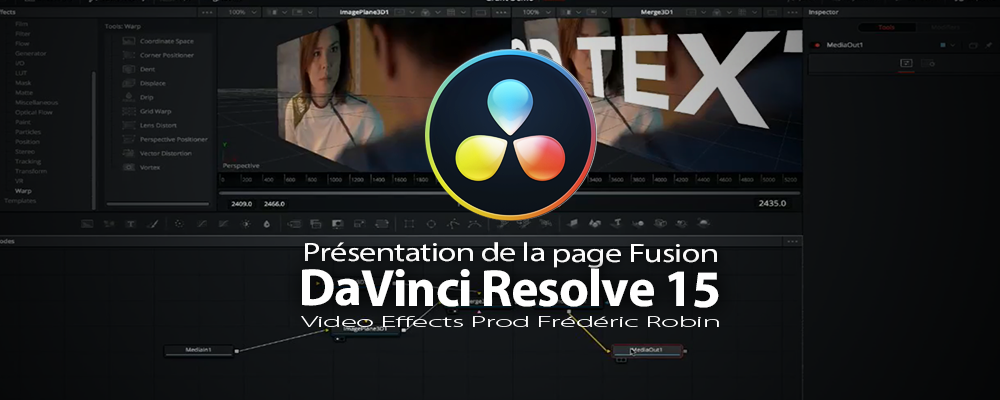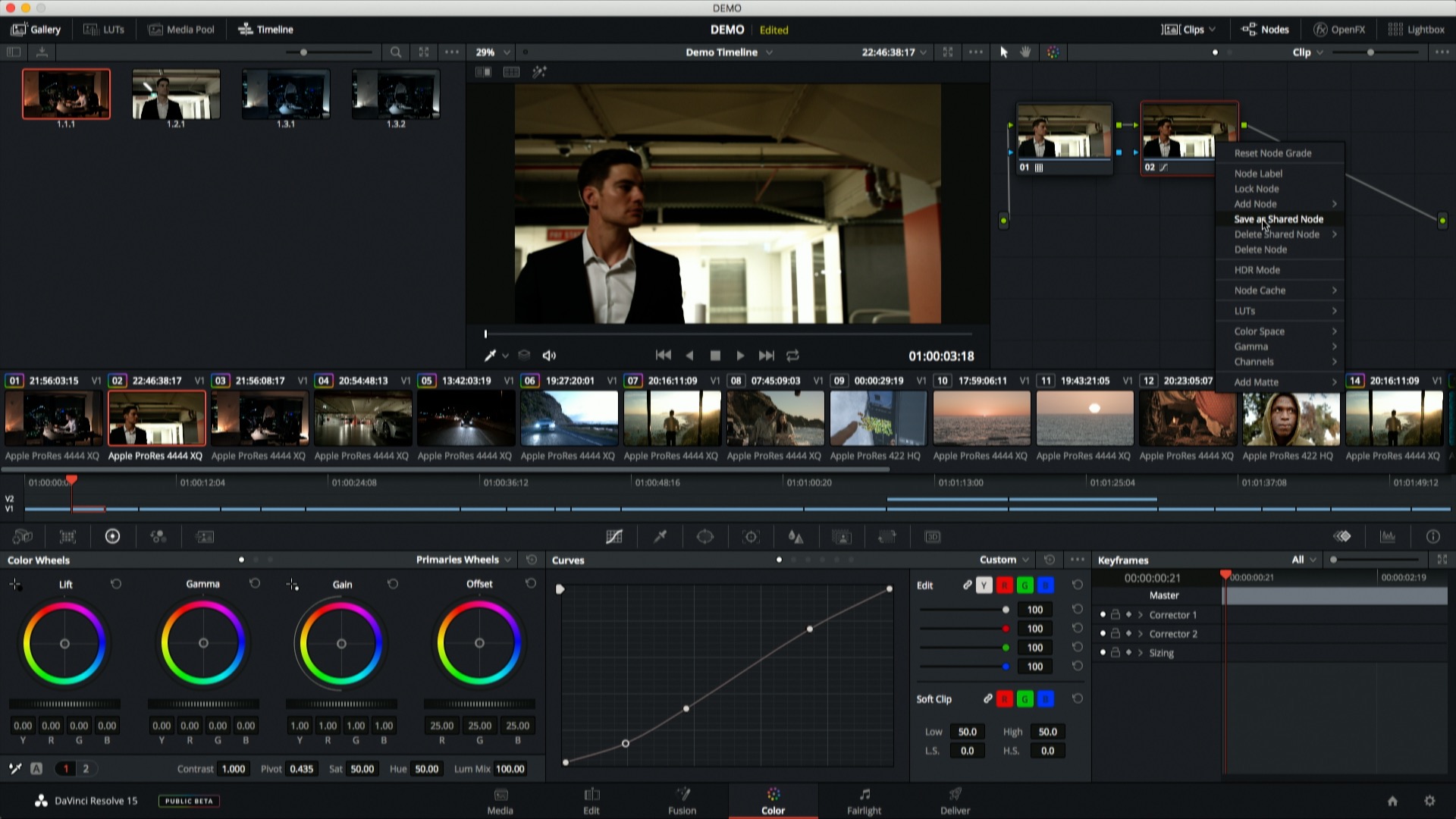

Let's say we are a clip, track one over the timeline and a fusion Composition to track two. The checkered background in the viewer shows the transparent portions of the image. The mask only filters the output of the node. But internally, the background node will still fill the frame with the selected color. The background node will send out an image with the shape of the mask and the color of the background node. If we are a mass to the tree and connected to the blue input of the background node. And we will also send it out to the output. The node will hold internally this solid color. Say you have a background node with a solid color. You should think of a mask is acting on the final output of the node. We apply masks by fitting their output to the blue input of a node. They will only reveal what lies under the wide area. Masks with a more elaborate shape will add exactly is a simple mask. If, for example, we have a color background and we apply a mask, fusion will only show the portion of the background that corresponds to the white portion of the mask. It lets through everything that lies under the white portions and hides whatever is under rich black area. Let's start by saying that a mask is a black and white image. You may skip this lesson and continue with the next one. If you're familiar with the way the rectangle an ellipse tools operate. Masks Review: Let's start with a quick review of masks. So without further ado, let's get started.Ģ. And you have key framed in either diffusion or every page. You know how to set parameters in the inspector panel. Very familiar with a Fusion user interface. One that will allow you to create even more complex and interesting effects and animations. Also, at the end of the class, we'll do an experiment In which will introduce another important paint mode. After you complete the class, you will know how to use the add and subtract mask paint modes to create a mask by yawning simple shapes.

Notice that the background has a rectangular portion as circular one and a hole that allows you to see through the lower third background. In this class, you will learn how to combine masks to create an unusual shape like the one we're using in this lower third.


 0 kommentar(er)
0 kommentar(er)
